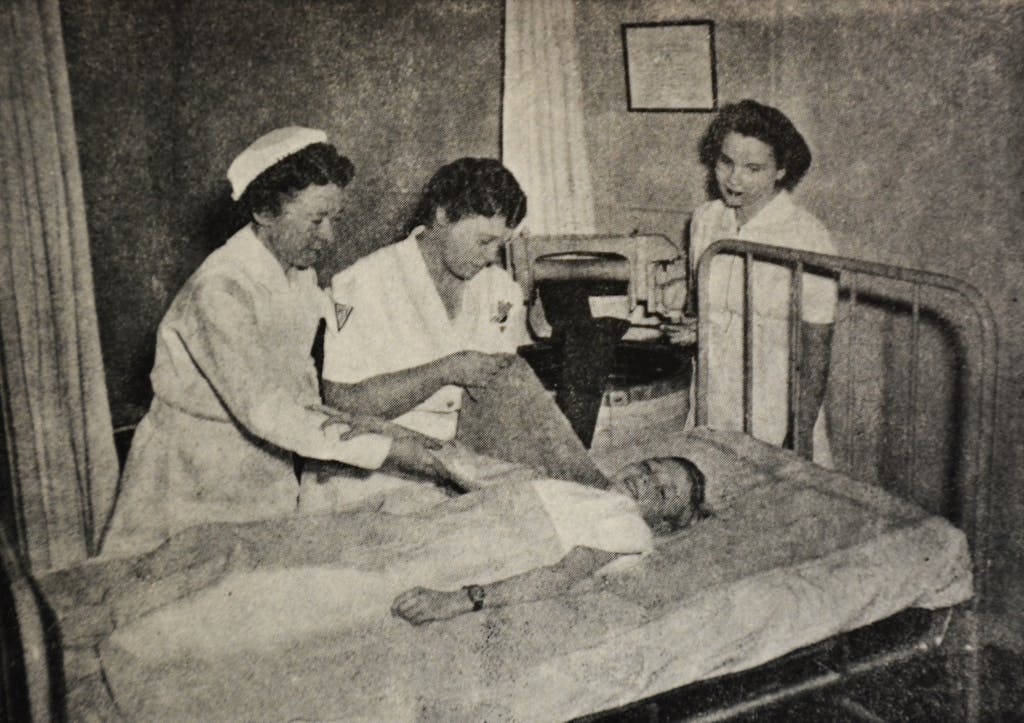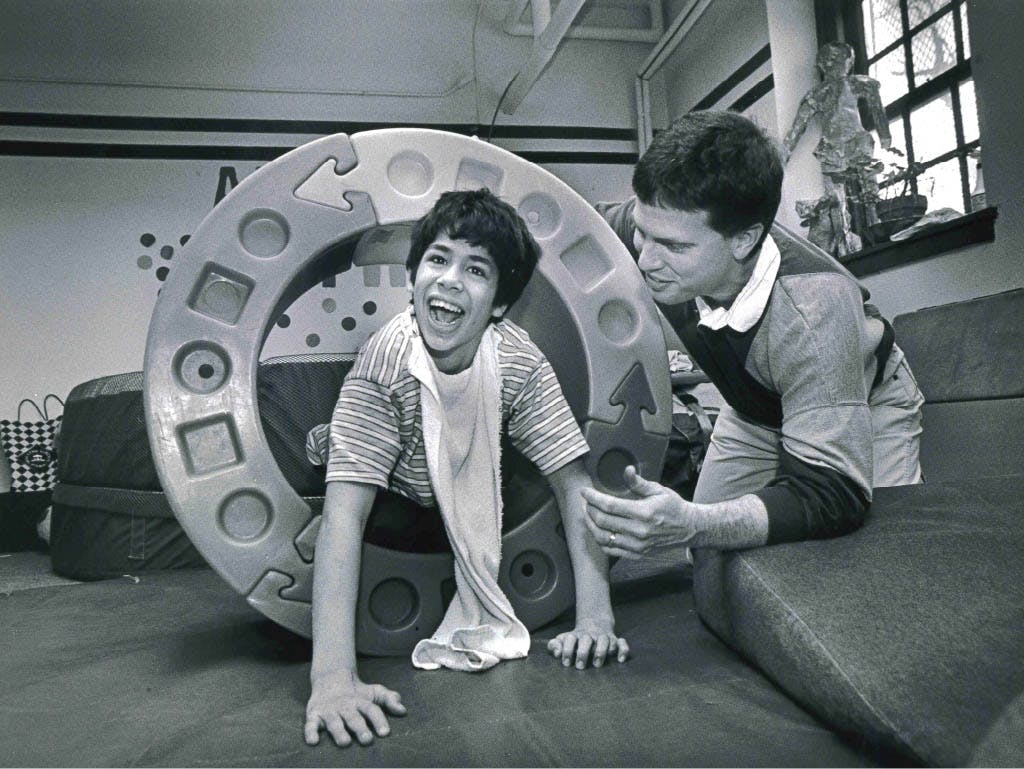History
A Proud Tradition of Excellence
The first institution of its kind in the nation, HMS opened in 1882 near its current site in West Philadelphia. Home of the Merciful Saviour for Crippled Children was founded by Helen Innes, who with her husband, an Episcopal minister, had custody of a boy with disabilities. When they could not find an appropriate home, Mrs. Innes dedicated herself to the task. She accepted all the children she could, without fee, confident that support would be found. Annual reports from these early years tell a fascinating story of HMS’s growth and success.

HMS initially served 18 young children who were discharged from hospitals as hopeless cases and who could not afford any fees. The Home’s original charter pledged “the care, support and maintenance of children crippled by disease, accident or in other way,” was nonsectarian and admitted children from any city or state.
Mrs. Innes galvanized support from her many friends. Within a few years HMS moved to its present location on Baltimore Avenue, on land donated by Clarence Clark and others. HMS added classrooms and a school program in the basics and in trade skills. Children received the best medical and surgical treatment of the times.
“An incredible place for CP kids! My son returns for alumni days to see old friends and former teachers. Music, art and dance make for a full day for students, and my son misses every minute of it!”
– Alumni parent William Geilfuss
Through the decades, HMS remained committed to excellence and flexibility in responding to children’s needs. When polio epidemics were at their height in the 1940s, HMS provided state-of-the-art treatment. As the Salk vaccine slowly eliminated the polio crisis in the 1950s, HMS began to focus on children with cerebral palsy. In the 1960s, HMS was designated by Pennsylvania Department of Education as an Approved Private School, and its reputation grew. The board committed to major new construction and renovations.
The 1970’s focused national attention on HMS’ innovative communication programs and dedication to the exploration of alternative and augmentative approaches to traditional speech. Within a decade the first computers and power wheelchairs were in use. Diane Gallagher arrived as director and the “Home” became known as HMS School for Children with Cerebral Palsy. HMS continued to strengthen its interdisciplinary team model and to expand its specialized programs.
HMS’s Board of Trustees announced a Capital Campaign in 2006 to fund construction of a new student residence and major renovations of existing space. In 2008 the Harris Hall residence wing opened, and in 2009 building renovations to the Gowen Education Wing were completed. HMS School now enjoys a physical facility that fully supports the stature of its programs.


